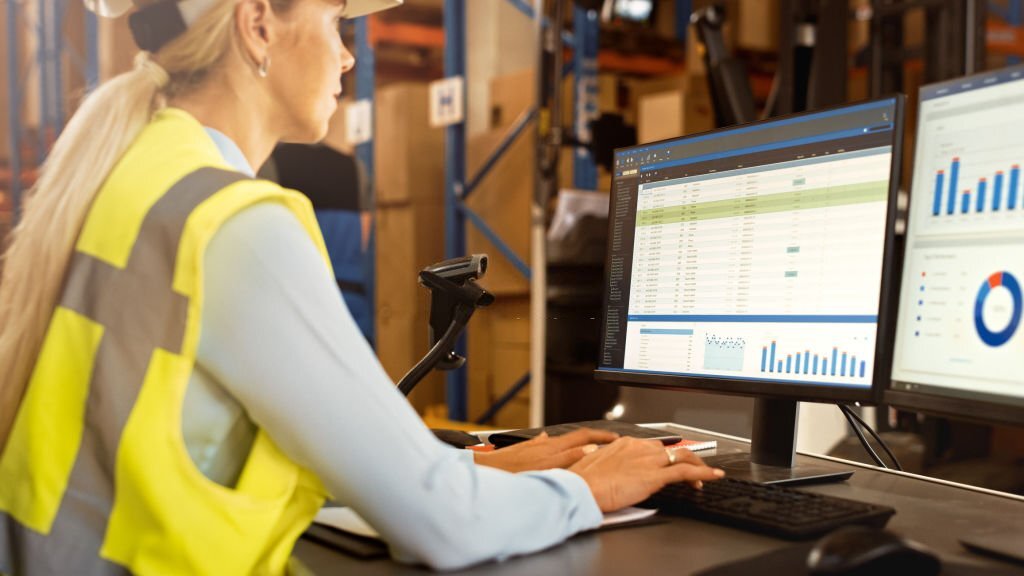Now a days, local search marketing has become an essential strategy for retailers looking to attract nearby customers. As consumers increasingly rely on search engines to find products and services in their vicinity, optimizing your retail business for local search is critical for driving foot traffic and boosting sales. In this step-by-step guide, we will explore the key elements of local SEO and provide actionable tips to help retailers dominate local search results.
Local SEO Steps
**1. Claim & Optimize Your GMB Listing
Google My Business is the foundation of any successful local SEO strategy. Claim your GMB listing and ensure that all information, including your store name, address, phone number, and opening hours, is accurate and up-to-date. Add high-quality images of your store, products, and team to make your listing more engaging and appealing to potential customers.
**2. Keyword Research for Local Search
Conduct keyword research specific to your retail niche and location. Use tools like Google’s Keyword Planner and other SEO software to identify relevant keywords that local customers are using to search for products or services you offer. Include these keywords naturally in your website content, GMB listing, and other online assets.
**3. Create a Mobile-Friendly Website
Mobile optimization is crucial for local search marketing, as a significant portion of local searches are conducted on mobile devices. Ensure that your website is responsive and user-friendly on all screen sizes. Pages should load quickly, and navigation should be intuitive to provide a seamless experience for mobile users.
**4. Local Content Creation
Develop content that is relevant to your local audience. Write blog posts, create videos, and share content that addresses the specific needs and interests of your local customers. Incorporate local keywords naturally within your content to improve local search rankings.
**5. Local Link Building
Build a strong local link profile by partnering with other businesses in your area and engaging in local community events. Seek opportunities to get backlinks from local newspapers, directories, and business associations. High-quality, locally-relevant backlinks can significantly boost your local search visibility.
**6. Online Reviews and Reputation Management
Encourage your satisfied customers to leave positive reviews on your GMB listing and other review platforms like Yelp and Facebook. Positive reviews not only attract potential customers but also improve your search rankings. Respond to both positive and negative reviews professionally and promptly to demonstrate your commitment to customer satisfaction.
**7. NAP Consistency
NAP (Name, Address, Phone number) consistency is critical for local SEO. Ensure that your business’s NAP information is consistent across all online platforms, including your website, GMB listing, social media profiles, and local directories. Inconsistencies can confuse search engines and harm your local search rankings.
**8. Local Schema Markup
Implement local schema markup on your website to help search engines understand your business’s location, contact information, opening hours, and other relevant details. Schema markup can enhance your search results with rich snippets, making your listing more attractive to users.
**9. Google Posts and Local Offers
Utilize Google Posts to share updates, promotions, and local offers directly on your GMB listing. This feature enables you to engage with potential customers and drive more traffic to your store. Use eye-catching images and compelling call-to-actions to encourage user engagement.
Read More – SEO Pricing in Singapore
**10. Analyze Performance
Regularly monitor your local SEO efforts using tools like Google Analytics and Google Search Console. Analyze key metrics such as website traffic, keyword rankings, click-through rates, and conversion rates. Use this data to refine your local search marketing strategy and identify areas for improvement.
So, we can say that Mastering local search marketing is a game-changer for retailers looking to gain a competitive edge in their local markets. By following this local SEO guide, retailers can enhance their online visibility, attract more foot traffic to their stores, and ultimately drive sales growth. Remember that local search marketing is an ongoing process, so stay vigilant, adapt to changing consumer trends, and continuously optimize your local SEO strategy to ensure long-term success.
Also read – Digital marketing PSG grant
You may also like
-
ECommerce Website Development Services That Grow Your Brand
-
Best Website Development Company in United States – WordPress Support
-
Seek Online Success with A Domain for Your Website
-
Exploring the Elegance and Durability of China PVC Panels and Ceiling Panels
-
Seek Business Growth with an eCommerce Website

